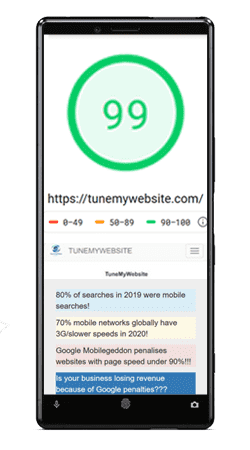Search engine marketing (SEM) is a type of marketing intended to promote a website on search engine results pages. By securing your website high in search results, SEM will help you generate more traffic and win more customers.
What is the difference between SEO and SEM?
It's hard to avoid ambiguity when talking about the differences between SEO (Search Engine Optimization) and SEM. Bringing your website to the top of the search engine results page can include organic promotion and paid advertising, such as PPC (Pay per click) ads. Search engine optimization or SEO has always been considered an organic promotion, while opinions about SEM have changed over time.
At first, the term SEM included both paid and organic strategies. In this case, SEO appears as part of the SEM. However, now marketers increasingly use the phrase "search engine marketing" only for paid activities, which makes SEM and SEO two different categories. To avoid confusion, in this article we will use the word SEM only to refer to paid search advertising.
Search Engine Marketing
Why is SEM important?
Along with SEO, SEM helps your business stay on top of search results on Google, Bing and other search engines. The first page of search results gets more than 71% of all clicks.
Search engine marketing is becoming increasingly meaningful as a traffic generation channel. While click-through rates for organic search results have fallen 13% in the first quarter of 2019, SEM soared 75% in the same span.
Better yet, audiences are loyal to SEM. 75% of people said paid search ads help them find the information they're looking for, and more than 30% clicked on a paid search ad because it responded directly to their search query.
This data shows that search engine marketing is a great source of traffic and a channel for customer acquisition. Read on to learn how your company can benefit from SEM.
The work behind Search Engine Marketing

How does SEM work?
From a search engine's perspective, SEM looks like answers to your queries with "ad" or "sponsored" tags next to the search results. Search engines display them at the top of the results page. It helps paid ads get more visibility compared to organic results.
From the perspective of marketers, SEM seems to be a bit more sophisticated. Business professionals use a lot of networks, such as Google Ads, Bing Ads, etc. To start advertising, a marketer chooses the network and sets up the campaign by himself.
To design a campaign, you must choose keywords: the words related to your promotion and those used by search engines to find the information they need. For example, if you promote running shoes, your keywords might be "running shoes" or "buy running shoes."
You can use specific or long-tail keywords to target your audience more accurately.
Another option to make your campaign more effective is to implement other criteria, such as browser location, age, gender, the device you use, or a certain time of day to display ads.
Campaigns with Search Engine Marketing
Once your campaign is ready, SEM platforms decide when and where to show your ads by considering competition with other brands that target the same keywords. This system is called an ad auction. Your place on the results page depends on the maximum amount you are willing to pay for a click and your rating on the platform.
There are a lot of visual formats about how your ads will appear on the search results page. Let's delve into this topic and discuss some popular types of search engine marketing.
This is the point where the meaning of the term "search engine marketing" is once again an enigma. Referring to SEM as a plethora of forms of search promotion, we can break it down into organic search activities (SEO), paid activities and local search, or market your business locally.
In the sense of SEM only as paid activities, it is possible to talk about the different types of ads used by search engines. Let's analyse the types offered by the most popular platform, Google Ads, to its users.